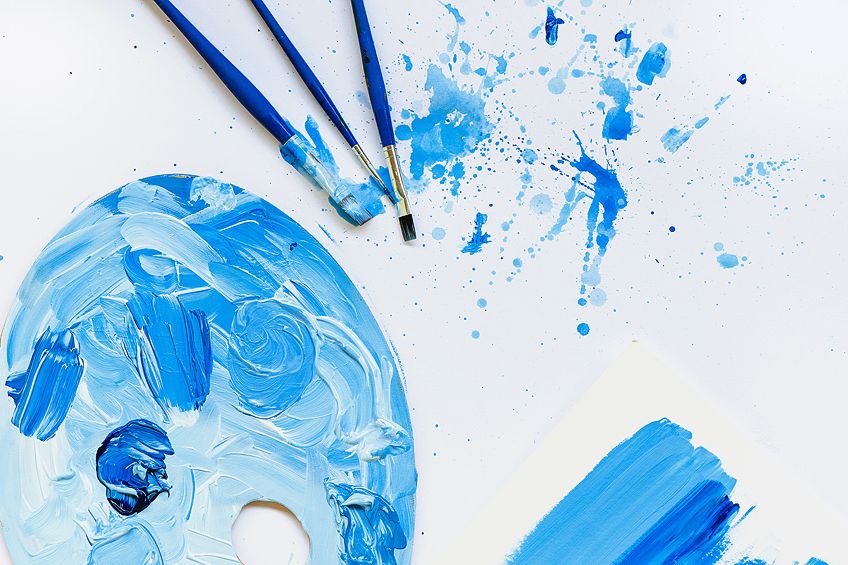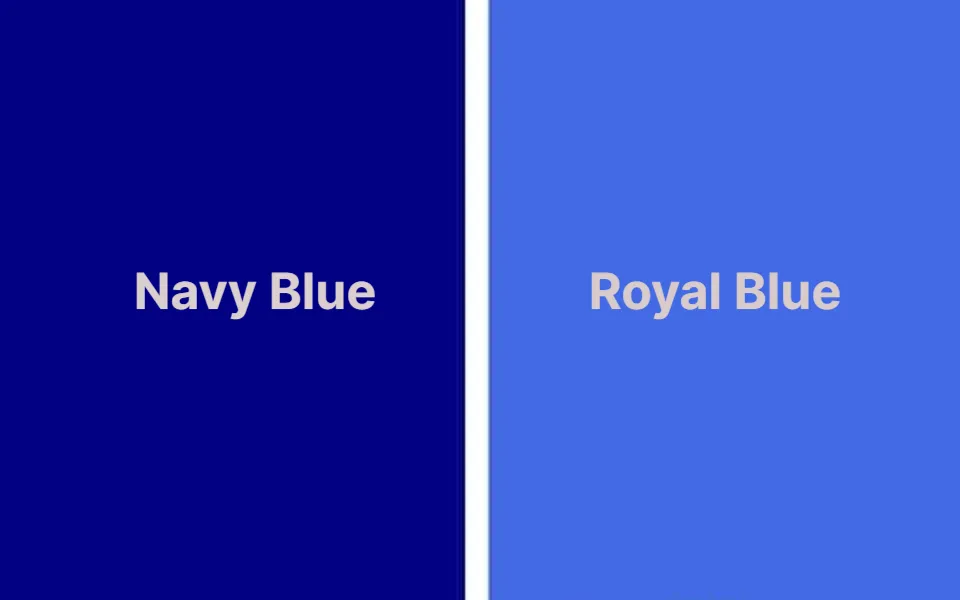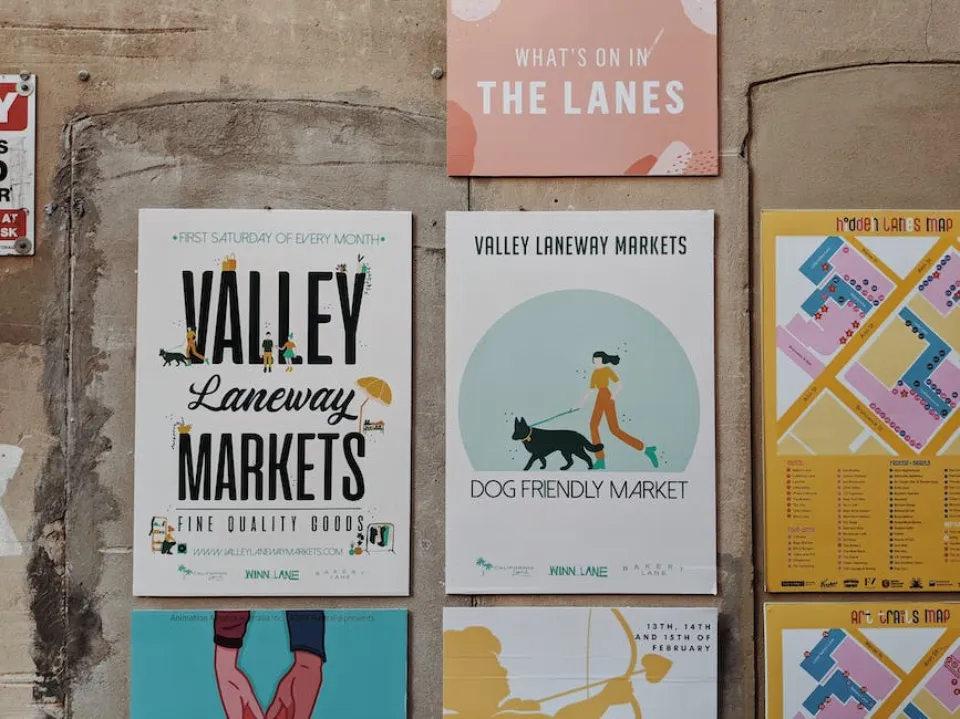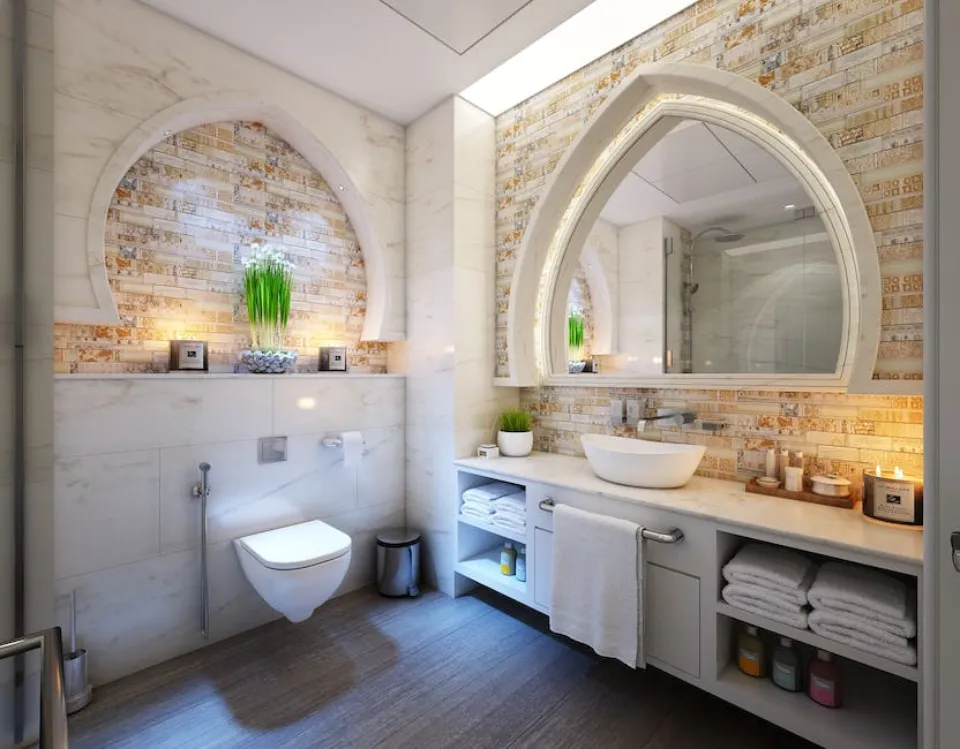Now that you are familiar with the fundamentals of color theory, you are prepared to learn what colors make navy blue.
What two colors, then, make navy blue, you ask?
The primary color blue and the impartial color black make navy blue.
But occasionally just these two will suffice to secure a navy.
Please read on.
What Colors Make Navy Blue?
Without understanding the fundamentals of color theory, you might never be able to exclaim, “Eureka!” out loud when conducting a “scientific color experiment.” Therefore, before we get into the specifics of how to create a navy blue shade or what enigmatic colors make navy blue, let’s take a quick look at the fundamentals of color theory.
Color Theory
We’ve condensed the basic principles of color theory into the size of an M&M bowl so you can quickly understand a small amount of knowledge.
According to the dull “wise owl” term, color theory is a set of guidelines that designers use to interact with users and demonstrate to them the appeal of colors in a visual interface.
But to put it plainly, the color theory examines the various hues we see around us and demonstrates how they combine, contrast, or complement one another. In general, there are three categories for the hues we observe around us: primary, secondary, and tertiary colors.
Primary Colors
All colors have their origins in primary colors. They are somehow the source of all the hues we see around us. There are three primary colors: red, blue, and yellow.
Supplementary Hues
Two of the three primary colors are combined to create secondary colors. The number of secondary colors is three, just like the number of primary colors: green, orange, and purple.
Tertiary Colors
By combining a primary color and a secondary color, tertiary colors are created. There are six tertiary colors: blue-violet, blue-green, yellow-orange, red-violet, red-orange, and green-yellow.
Okay, you now know the fundamentals of color theory. It’s time to learn which hues combine to create navy blue.
Suggested reading: Does Lowe’s sell Benjamin Moore Paint? Are you wondering if you can buy Benjamin Moore paint at Lowe’s? Is it simple to use and reasonably priced? If so, you’ve arrived at the appropriate location!
What Two Colors Make Navy Blue?
The color navy blue is incredibly dark. It comes in a variety of forms depending on how much black is added to the mixture. However, using paint pigments, you can accomplish this by combining equal parts of orange paint and your existing blue paint. Just be sure the blue you’re using is pure and not a pre-mixed variety.
It is clear that the word “navy” was derived from the term for forces deployed at sea. Marine blue was the name given to the pigment at one point in time, though. The term “navy” is used because, at the time, it was a standard color for naval forces around the globe, thanks to the Royal Navy.
Cultural Associations
All over the world, the military is frequently associated with the color navy blue. The color was first utilized in uniforms by the British Navy. In exchange, the naval forces all over the world standardized the color’s use in their own uniforms, which solidified the link between the color and the name. The navy color was eventually replaced with black by the navies because the fabric’s propensity to fade in that color made it less practical to use and reproduce, even though the name remained the same. In modern times, many marine uniforms use a darker variation.
Navy blue was one of the original standard HTML colors used in computer displays in the 1980s. The US national football teams and the basketball team Dallas Mavericks are just two examples of professional sports teams that use the color today to visualize their branding in their uniforms and merchandise.
Color Psychology
Due to the association of the color with sailor culture and the ocean, it is used to symbolize the military’s less hegemonic nature. According to this belief, people primarily associate this color with logical authority and kind power. Naval officers’ use of this color strongly suggests that they are associated with this relationship. A leader who is motivated by reason rather than emotion might be suggested by the combination of the powerful color black with the idea that blue is associated with reason.
Along with being associated with authority and power, navy is frequently used in corporate branding because it represents stability and trust. Although rooted in harmony and order, the color exudes a sense of confidence. To evoke this idea, many businesses now use navy blue accents in their corporate interiors.
The shades of secrecy, mystery, and twilight are associated with navy. The mystery of its darkness, as befits a color associated with nighttime, taints the somberness of this hue. It is the color of the unknown, which instills a sense of dread along with the confidence that by taking the chance of facing the darkness, one will also be close to the light of the day and new beginnings.
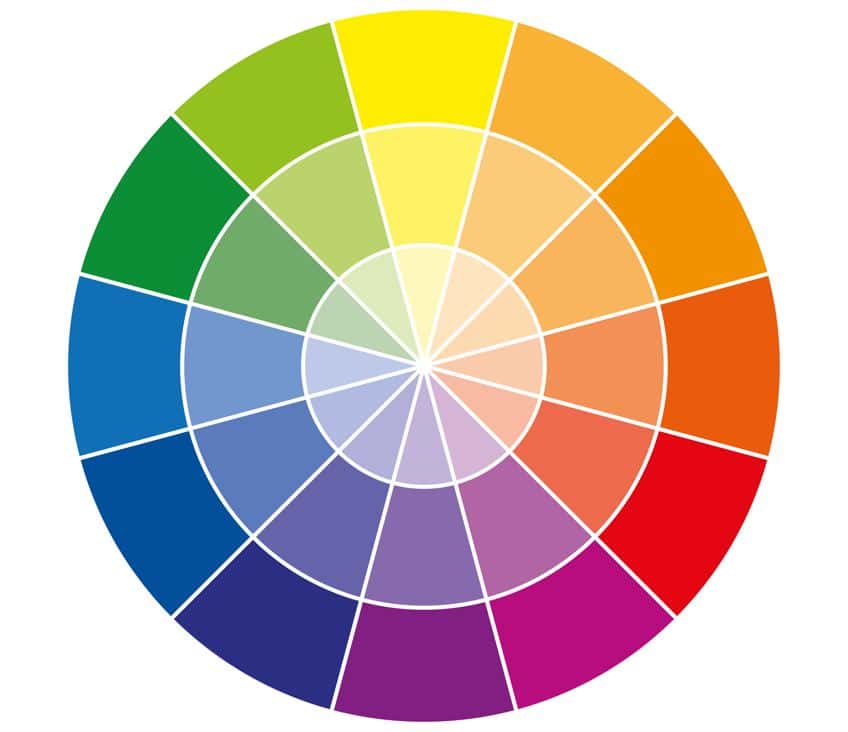
Use Of The Color
Many designers choose navy blue instead of black to use as the darker color in their designs as a rule because of the seriousness and severity connected to the color black.
As a symbol of stability and trust among corporate brands, navy is frequently used by graphic designers in their creations. Being so widely used, it has become overused and too safe, which is why many designers are very cautious when using this color and creatively contrasting it with less popular colors in their color palettes. Salmon (#ff8c69) is the best complement to navy blue. Salmon’s airiness and freedom provide a counterpoint to navy blue’s gravity and stability. The use of this combination in posters, invitations, and dress codes makes it the ideal wedding motif.
Interior designers are extremely cautious when using this color because it cannot be used as a base color because it is too dark and can darken a room. Instead, designers used this hue as a contrast on fabric pieces or as a wall accent to soften an overly stark and uninteresting white wall. For male customers, the use of navy in throw pillows creates a minimalistic, masculine effect.
No industry more than the world of fashion promotes this color. Most frequently used in suits, navy is the most popular color. Because it’s associated with trust and authority, many world leaders wear suits in this color when they attend a foreign policy conference. Along with khaki and beige, it is a neutral color that is used as an international standard to replace the achromatic hues black, white, and grey. Because it is safe and can be paired with almost any other color, its neutrality makes it a very popular color choice among men. See more about What Is Off White Color?
Navy Blue In Design
Navy blue is a color that is frequently used in interior design these days, especially in homes and upscale ateliers. Because it veers toward the rich and intense without looking overly dark and gloomy, navy blue is regarded by Architectural Digest as the new black.
Navy blue is the ideal backdrop for almost all colors because it is a fairly neutral color. This color pairs particularly well with shades of black, gold, silver, and other metallics.
It complements warmer colors beautifully because of its subdued tonality, such as the warm browns of wood, brass, brick, and other related accents.
Editor’s Tip: some colored grout contrasts with gray tiles: light gray, off white, taupe, brown, charcoal gray, cream, dark gray, and gray porcelain.
How Do You Mix Colors For Navy Blue?
Things You’ll Need
- Plastic tablecloth
- Primary blue (pure, plain blue) paint
- Lidded airtight container or shallow disposable bowl
- Black paint or orange paint
- Stir stick or craft stick
- Paintbrush
- White paper
- Sample image or paint chip of desired navy blue shade
Instructions
- Put a plastic tablecloth over the work surface.
- As much pure-blue paint as you will require for your project should be poured into a container after it has been stirred. If you want to keep some of the paint for later use, put it in an airtight container with a lid.
- Add one or two drops of pure orange or black paint that has been stirred into the blue project paint. The colors should be thoroughly blended together using a stir stick.
- If you only noticed a slight hue change in the blue paint, add a few more drops of the orange or black; the exact amount depends on how much blue paint you’re using and how you perceive navy blue paint. You only need a tiny bit of black or orange to create a navy shade when using a tiny amount of paint, like a few tablespoons. Once the paint starts to take on a navy hue, keep adding orange or black.
- By applying a thin layer of the navy paint blend to white paper, you can test it. When the color has dried, contrast it with the paint sample or paint chip that represents the desired navy color.
- If you need to darken the paint a little bit more, add more orange or blue. Add a little more of the original pure blue paint if the color needs to be brighter.
Suggested reading: Off White color combines white with a trace of brown. It exudes an air of refinement, elegance, and regality. In designs where a more subdued aesthetic is desired, off white is used instead of pure white.
Conclusion
With this advice in mind, you’ll undoubtedly create the ideal navy blue in no time. Use this classic color in practically any way you like and feel free to play around with different hues.
There are countless possibilities, including using it to decorate your walls, add it to your wardrobe, or even apply your makeup.
